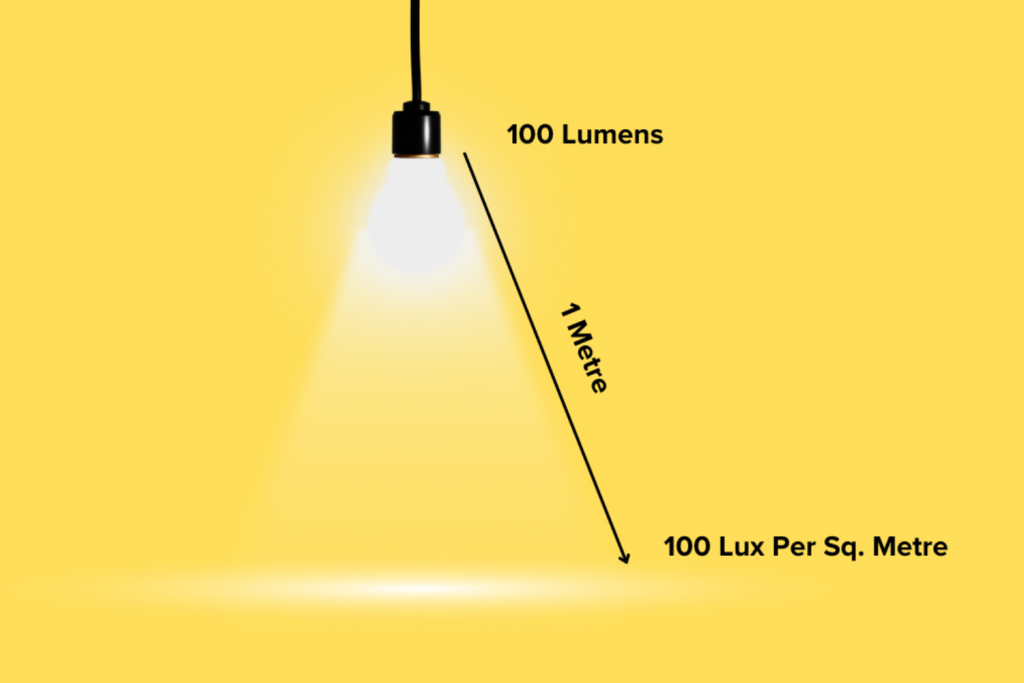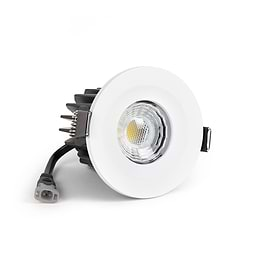What is Lux level?
What is Lux level?

Knowing how many lumens a bulb emits is important for lighting a space. Understanding the difference between lux and lumen, especially how these two measurements work together can really help you to make the most of your room, while literally and figuratively brightening your home.
What is lux level?
Lux (commonly known as ‘foot-candles’) is a unit of measurement for natural and artificial lighting that reaches a surface. If lumen is the amount of light emitted, lux is the amount of that light that falls on a surface.

Simply put, one lux is equal to one lumen per square meter. (lm/m²), meaning that if one lumen of light is emitted from a bulb, and that light falls evenly on a surface of one square meter, the illuminance on the surface would be equal to one lux.
A typical living room can have anywhere between 100-300 lux of natural light. This depends how large your windows are, and which direction your windows face. To put this into perspective, the recommended illuminance level for reading is around 500 lux, outdoor daylight can range from anywhere between 10,000 on an overcast day and upwards of 100,000 lux with brilliant sunshine.
When dealing with large commercial or industrial spaces, lumen doesn’t necessarily always indicate a lux level. The further away a light source is from a surface, the more light will disperse, meaning less lux than lumens. A torch, no matter how bright it is, will appear dimmer the further away it is.
However, calculating lux from lumens when lighting your home is relatively simple, and choosing lights based on lumens will give a fairly accurate measurement of lux inside the home.

We hope this guide helps you to understand lux level and how to use this in your home. Check out our range of LED light bulbs to light your home effectively.
[related_products is_auto_added="1"]









